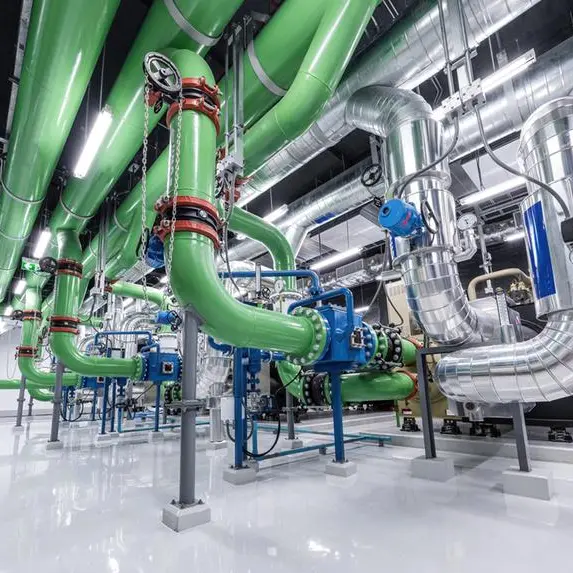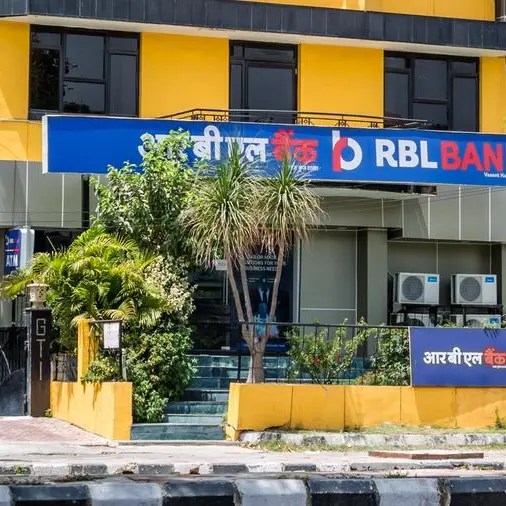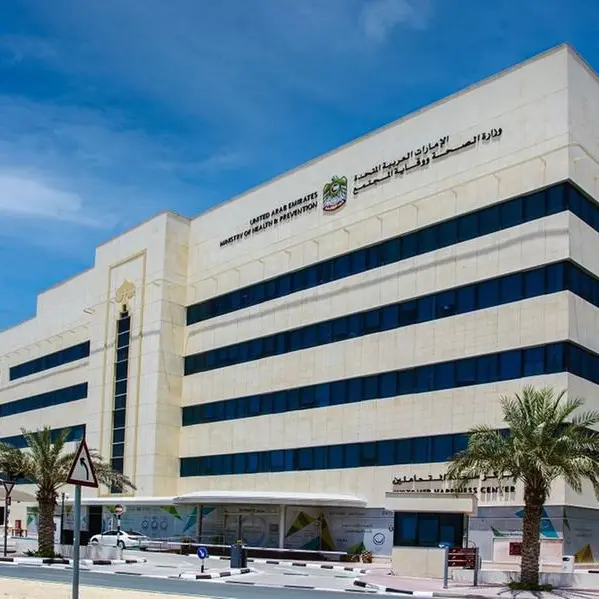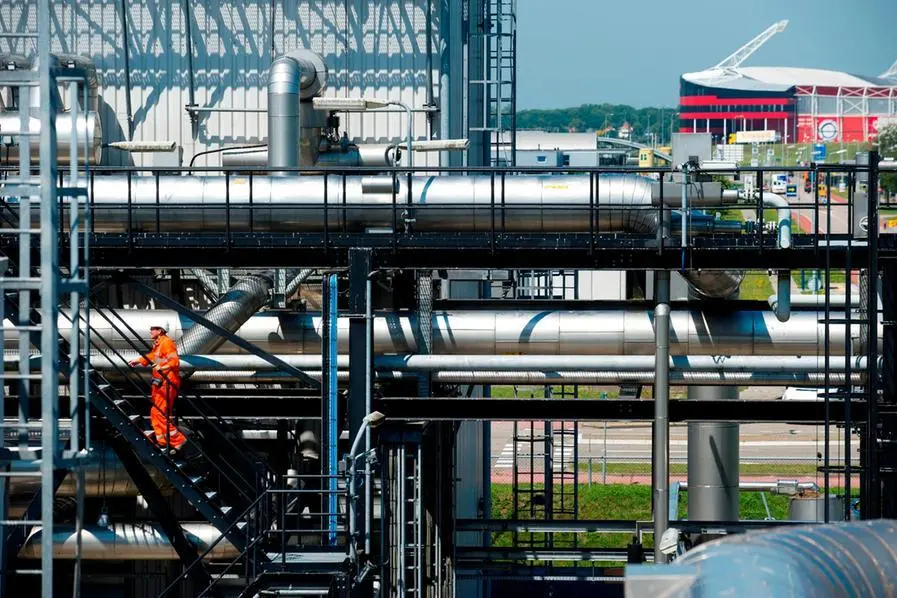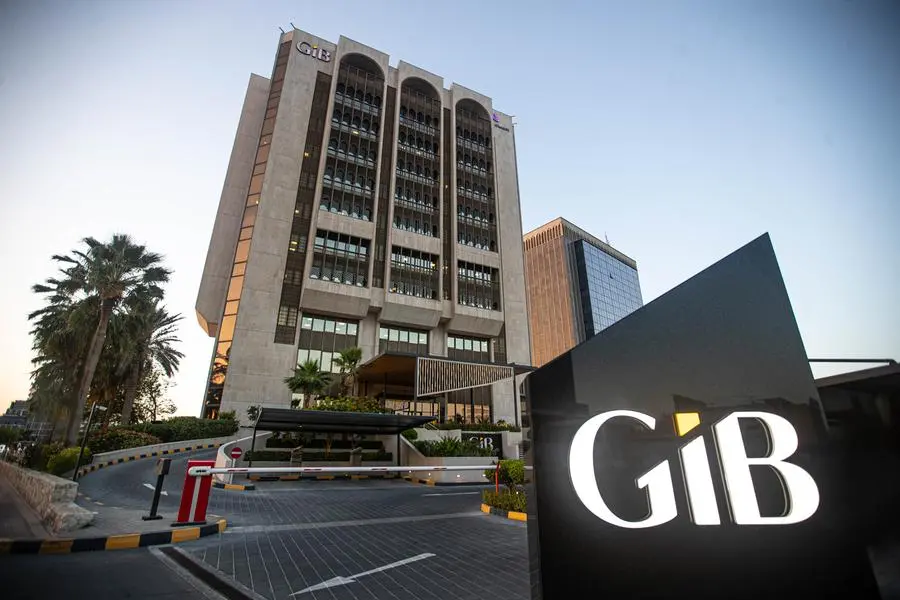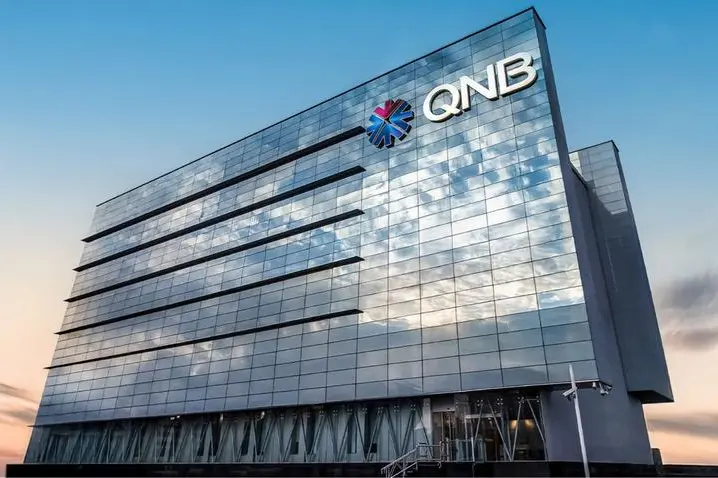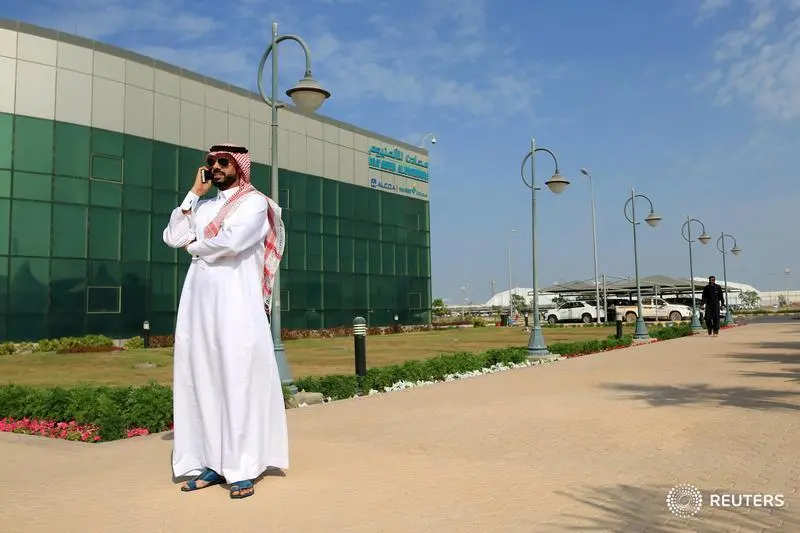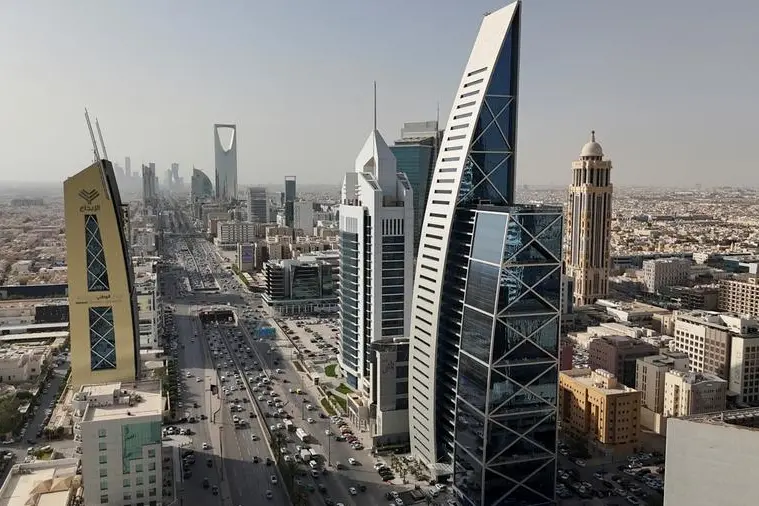07 August 2014
JEDDAH - The Saudi petrochemical sector faces several challenges. While Saudi producers continue to compete on the basis of their comparative advantage in the petrochemical market, recent emerging trends have created several challenges, the National Commercial Bank said in its latest "Saudi Petrochemical Sector Report" released Tuesday.
It said the short-to-medium-term challenges are ethane scarcity, production costs and declining margins, among others, and long-term challenges such as water scarcity and shale dynamics.
With all existing ethane capacity in the Kingdom being allocated to ongoing and new projects by Saudi Aramco, Saudi crackers could see their ethane feedstock ad-vantage eroded. In addition, Saudi Arabia's newer ethylene production facilities rely on an ethane-butane mix, which yields higher-priced ethylene and other feedstock chemicals. Consequently, feedstock policy has been directed towards liquid feedstock like Naphtha even though it is higher in cost and reduces profit margins, the report said.
However, the report offered one solution, which is to increase the efficiency of production of non-associated gas such as that emerging from the development of Karan, Arabiyah and Hasbah (each 1.8bn (cf/d)).
The bulk of Saudi gas production is extracted from oil wells, and is known as "associated" gas. Despite the large quantities produced and the fact that Saudi Arabia occupies fourth place in the world in gas production, it still does not meet domestic market needs with its existing production. Saudi Arabia started its associated gas production in 1981, and today continues to price natural gas at $0.75/mmbtu. This is not viable economically, as the real cost of production accounts for more than $2-$3/mmbtu.
Consequently, there are two main factors that will act to squeeze profit margins in the Saudi petrochemical sector: (1) locally; the movement of the domestic market towards the exploration and production of non-associated gas with rising prices as an alternative to nat-ural gas production, and (2) internationally; the ongoing momentum in the US and the strengthening of export infrastructure will lead to liquefying gas.
However, Saudi Arabia's unconventional gas exploration program commenced two years ago. According to Saudi Aramco, it plans to produce 200 million cubic feet per day (cfd) of unconventional natural gas by 2018 to sup-ply a new phosphate project and a power plant. The for-mer is owned by Saudi Arabian Mining Co. (Ma'aden) and is part of a new industrial city called Waad Al Shimal City for Mining Industries, which is anticipated to commence in 2016.
In addition to acquiring technology to expand down the petrochemical value chain, downstream production re-quires a well-trained and flexible labor force, which is gradually being built up in the Kingdom. Existing low-cost producers in the Kingdom benefit from feedstock advantages, bulk shipping and product management organization. Over time, these organizations must continue developing new marketing and innovative strategies with a focus on customer service, technical development, differentiated product performance, complex logistical operations and effective marketing.
Saudi Aramco's Energy Ventures (SAEV), which began in mid-2012 to invest in start-ups and high-growth com-panies with "technologies of strategic importance," sug-gests that Saudi Aramco is preparing to play an active role in the development of the unconventional oil/gas industries.
Other innovation pioneers, SABIC in 2013 announced the opening of four new technology centres. Two select examples include the Corporate Research & Innovation Center (CRI) at King Abdullah University of Science and Technology (KAUST), and the other, the SABIC Plastic Applications Development Center (SPADC) is in Ri-yadh's Techno Valley at King Saud University (KSU) in Riyadh. Furthermore, in 2014, SABIC announced that it was in the last stages of preliminary studies to build the world's first oil-to-chemicals (OTC) complex in Saudi Arabia.
New capacities in Asia, the US and the Middle East are anticipated to add pressure to producers' profit margins. China, as the Kingdom's largest importer of petrochemicals, has rising potential petrochemical capacities through coal-to-olefin (CTO) and methanol-to-olefin (MTO) technology, which may decelerate import demand from the Kingdom. The resulting commercial scale viability (about $10/ton) for CTO will impact the domestic petrochemical industry, and will significantly affect the demand-supply dynamics. If China's plans materialize in the coming five to eight years, 10mn metric tons of additional polyethylene will come on-stream which will reduce the Chinese product deficit and add pressure to global supply prices in the downstream petrochemicals market.
This, coupled with the redeveloped sizeable gas sector in Iraq, especially their ethylene capacity, will affect Saudi producers. In December 2013, Korean Hanwha Chemical signed with the Iraqi government for the construction of an ethylene cracking production facility, which will be used to produce ethane, natural gasoline and petrochemical products in Iraq. The investment is anticipated to reach $40bn, and has plans to con-struct an ethane and natural gasoline decomposition facility with a capacity of 1mn tons.
On long-term challenges, the said one important ongoing challenge is the scarcity of water for extraction, production and cooling purposes in the petrochemical industry. According to GPCA's Performance Metrics Report, the GCC petrochemicals industry consumes huge amounts of water. Nonetheless, one of the industry's sustainability goals is to reduce fresh water usage for process operations and use recycled or cold seawater instead.
To address these concerns, industry giant SABIC implemented a water management system that minimizes the use of fresh water, and enables it to recycle a large percentage of water in its operations. This strategy has led to savings of one millon cubic meters of fresh water in the 2011-2012 period.
JEDDAH - The Saudi petrochemical sector faces several challenges. While Saudi producers continue to compete on the basis of their comparative advantage in the petrochemical market, recent emerging trends have created several challenges, the National Commercial Bank said in its latest "Saudi Petrochemical Sector Report" released Tuesday.
It said the short-to-medium-term challenges are ethane scarcity, production costs and declining margins, among others, and long-term challenges such as water scarcity and shale dynamics.
With all existing ethane capacity in the Kingdom being allocated to ongoing and new projects by Saudi Aramco, Saudi crackers could see their ethane feedstock ad-vantage eroded. In addition, Saudi Arabia's newer ethylene production facilities rely on an ethane-butane mix, which yields higher-priced ethylene and other feedstock chemicals. Consequently, feedstock policy has been directed towards liquid feedstock like Naphtha even though it is higher in cost and reduces profit margins, the report said.
However, the report offered one solution, which is to increase the efficiency of production of non-associated gas such as that emerging from the development of Karan, Arabiyah and Hasbah (each 1.8bn (cf/d)).
The bulk of Saudi gas production is extracted from oil wells, and is known as "associated" gas. Despite the large quantities produced and the fact that Saudi Arabia occupies fourth place in the world in gas production, it still does not meet domestic market needs with its existing production. Saudi Arabia started its associated gas production in 1981, and today continues to price natural gas at $0.75/mmbtu. This is not viable economically, as the real cost of production accounts for more than $2-$3/mmbtu.
Consequently, there are two main factors that will act to squeeze profit margins in the Saudi petrochemical sector: (1) locally; the movement of the domestic market towards the exploration and production of non-associated gas with rising prices as an alternative to nat-ural gas production, and (2) internationally; the ongoing momentum in the US and the strengthening of export infrastructure will lead to liquefying gas.
However, Saudi Arabia's unconventional gas exploration program commenced two years ago. According to Saudi Aramco, it plans to produce 200 million cubic feet per day (cfd) of unconventional natural gas by 2018 to sup-ply a new phosphate project and a power plant. The for-mer is owned by Saudi Arabian Mining Co. (Ma'aden) and is part of a new industrial city called Waad Al Shimal City for Mining Industries, which is anticipated to commence in 2016.
In addition to acquiring technology to expand down the petrochemical value chain, downstream production re-quires a well-trained and flexible labor force, which is gradually being built up in the Kingdom. Existing low-cost producers in the Kingdom benefit from feedstock advantages, bulk shipping and product management organization. Over time, these organizations must continue developing new marketing and innovative strategies with a focus on customer service, technical development, differentiated product performance, complex logistical operations and effective marketing.
Saudi Aramco's Energy Ventures (SAEV), which began in mid-2012 to invest in start-ups and high-growth com-panies with "technologies of strategic importance," sug-gests that Saudi Aramco is preparing to play an active role in the development of the unconventional oil/gas industries.
Other innovation pioneers, SABIC in 2013 announced the opening of four new technology centres. Two select examples include the Corporate Research & Innovation Center (CRI) at King Abdullah University of Science and Technology (KAUST), and the other, the SABIC Plastic Applications Development Center (SPADC) is in Ri-yadh's Techno Valley at King Saud University (KSU) in Riyadh. Furthermore, in 2014, SABIC announced that it was in the last stages of preliminary studies to build the world's first oil-to-chemicals (OTC) complex in Saudi Arabia.
New capacities in Asia, the US and the Middle East are anticipated to add pressure to producers' profit margins. China, as the Kingdom's largest importer of petrochemicals, has rising potential petrochemical capacities through coal-to-olefin (CTO) and methanol-to-olefin (MTO) technology, which may decelerate import demand from the Kingdom. The resulting commercial scale viability (about $10/ton) for CTO will impact the domestic petrochemical industry, and will significantly affect the demand-supply dynamics. If China's plans materialize in the coming five to eight years, 10mn metric tons of additional polyethylene will come on-stream which will reduce the Chinese product deficit and add pressure to global supply prices in the downstream petrochemicals market.
This, coupled with the redeveloped sizeable gas sector in Iraq, especially their ethylene capacity, will affect Saudi producers. In December 2013, Korean Hanwha Chemical signed with the Iraqi government for the construction of an ethylene cracking production facility, which will be used to produce ethane, natural gasoline and petrochemical products in Iraq. The investment is anticipated to reach $40bn, and has plans to con-struct an ethane and natural gasoline decomposition facility with a capacity of 1mn tons.
On long-term challenges, the said one important ongoing challenge is the scarcity of water for extraction, production and cooling purposes in the petrochemical industry. According to GPCA's Performance Metrics Report, the GCC petrochemicals industry consumes huge amounts of water. Nonetheless, one of the industry's sustainability goals is to reduce fresh water usage for process operations and use recycled or cold seawater instead.
To address these concerns, industry giant SABIC implemented a water management system that minimizes the use of fresh water, and enables it to recycle a large percentage of water in its operations. This strategy has led to savings of one millon cubic meters of fresh water in the 2011-2012 period.
© The Saudi Gazette 2014
